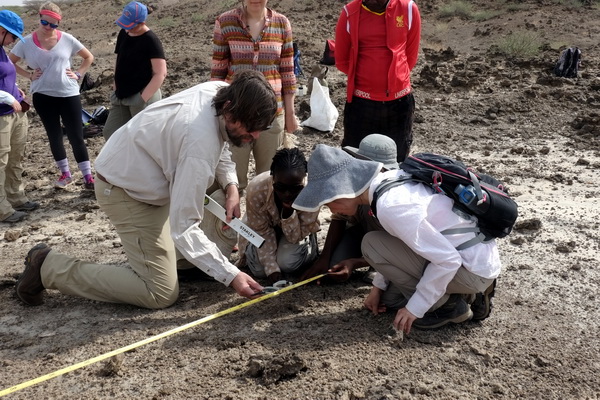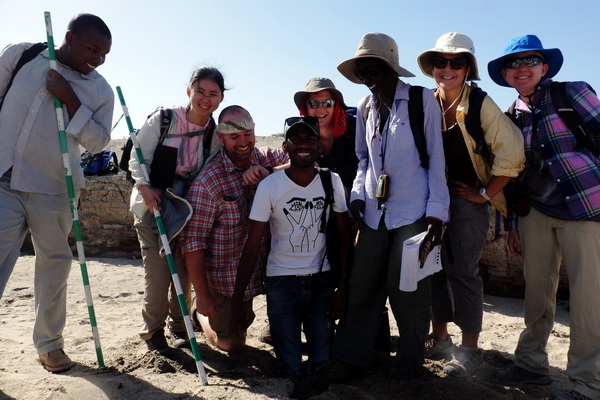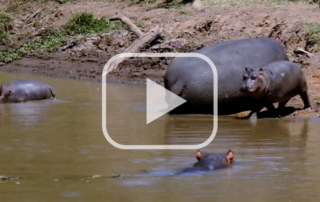A family tree of Caminalcules
Families are considered functional units of a typical human society. Depending on the geographic and cultural origin, families can come in different shapes and sizes. The most straightforward way to relate all the members of an extended family is to draw a family tree. Most people know their immediate relatives such as a parent or [...]






